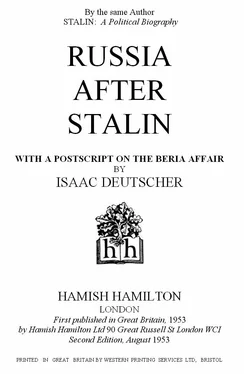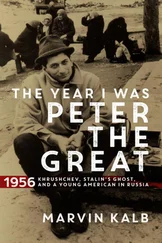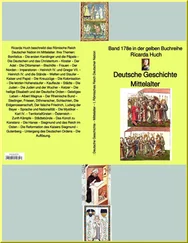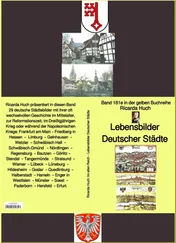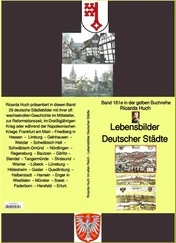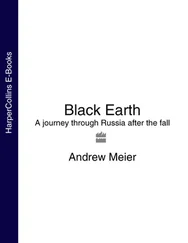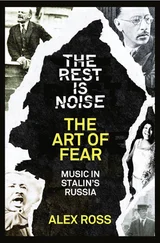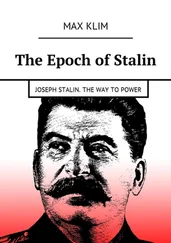THE book I am now placing in the reader's hand has had a curious history. I began writing it in the middle of March 1953, some days after Stalin's death. I intended to sum up broadly the Stalin era and to deduce from the summary a few tentative prognostications. I concluded the introductory chapter with the forecast that a break with the Stalin era was about to begin in Russia. I had made the same forecast in an article written for the Manchester Guardian a few hours before Stalin's death. My friends, among them eminent students of Soviet affairs, shook their heads sceptically.
By the time I had concluded the first few chapters startling changes were already occurring in Moscow. Malenkov's government decreed an amnesty and cleared the air of the last, poisonous scandal of the Stalin era, the so-called conspiracy of the Kremlin doctors. I willingly admit that I had not expected that my prognostication would begin to come true so soon. I had thought in terms of months and years, not of days and weeks. This fact accounts for a certain lack of stylistic uniformity in the book. At its beginning I discussed expected developments in the future tense; later I had to describe these developments in the present and even the past tense. I have made no attempt to eliminate these discrepancies. A historian who speeds to the place where past, present, and future meet and tries to describe the scene takes many risks, not only stylistic ones; and he can hardly describe the scene unless he indulges in a certain amount of thinking aloud.
My main purpose, however, has been to offer an interpretation of an important historical change, an interpretation based on facts and on an analysis of the basic trends at work in Soviet society. It is primarily in the long perspective of those trends that I have tried to see recent events; and to sketch future prospects. Only in this way is it possible, in my view, to find a thread leading through the labyrinth of contemporary history and the chaos of seemingly disconnected events.
I have been helped in this work by my wife. No acknowledgment can do justice to the contribution which her untiring patience, understanding, and critical mind have made. I am also greatly indebted to Miss Elizabeth Brommer for very many excellent stylistic suggestions.
My thanks are due to the Editors of the Manchester Guardian, The Times, and The Reporter (New York) who have kindly permitted me to reproduce some passages from my articles published in their pages.
Coulsdon, Surrey I.D.
20 April 1953
PART ONE
THE BALANCE OF AN ERA
When Stalin died the whole world, wittingly or unwittingly, paid homage to the dead man and to the legend which hovered over his coffin. In the eyes of his followers he loomed even larger than Moses in the eyes of the Biblical Jews, for of Stalin his followers believed that he had actually led his people into the Promised Land. Most of his enemies, who saw in him Evil Incarnate, also in their way paid a tribute to Stalin by describing his departure as a momentous historical event, fraught with incalculable consequences. Of how many public figures could this be said with much conviction on the day of their death?
Involuntarily one is reminded of Shelley's lines ‘On Hearing the News of the Death of Napoleon’:
How! is not his death-knell knolled?
And livest thou still Mother Earth?
Thou wert warming thy fingers old
O’er the embers covered and cold
Of that most fiery spirit, when it fled —
What, Mother, do you laugh now he is dead?
Indeed, very few historical characters have had a comparable hold on the life and the imagination of their contemporaries. In an unsettled world, in an epoch of the most violent conflict and upheaval, in which so many dictators, rulers, regimes, governments, and parties one after another rose and in no time toppled to their ruin, Stalin alone ruled a vast country during nearly thirty years. He could well boast that his was the most stable government in the world, and he the best-established ruler of his time.
Yet, throughout most of his rule the oracles almast constantly predicted his imminent downfall. Not all of these were fools — there were among them sagacious and even great men. Stalin had in fact established his throne, as it were, on a volcano periodically shaken by deep convulsions — on the hot lava, and amid the füre and the smoke of the Russian revolution. At every rumbling of an explosion, onlookers expected that after the smoke had dispersed not a trace would be seen of Stalin. But each time Stalin was still there, in his old place, unscathed, and in a position more commanding and more awe inspiring than before; and at his feet lay the mangled bodies of his enemies and friends. He seemed to be the demi-god in command of the volcano.
A whole Russian generation basked in his glory and trembled in his shadow. In the last fifteen years of his life, not only Russia but the whole world did the same. Popular imagination saw him holding the destiny of mankind in his hands.
How the son of a poor Georgian cobbler, a starving pupil of the Theological Seminary of Tiflis, a man outwardly so grey and inconspicuous, speaking in dry, scholastic formulae, rose to this almost mythical grandeur will for ever fascinate the student of human affairs.
No wonder that after his death men should ask how large, for good or evil, is the gap Stalin has left, and how, if at all, it will be filled.
There are still those — and this writer is one of them — who do not subscribe to Carlyle's view of history and do not believe in mythical heroes and demigods. Without any desire to belittle the peculiar greatness of the man, it is still possible to think that much of the grandeur which surrounded him was one of those all too numerous optical illusions which circumstance and the human craving for illusion have combined to create and to fix into durable historical images. It may be held that at best Stalin's grandeur reflected the magnitude of the issues and the vastness of the social processes underlying his career.
Those who take this view will prefer to approach the demigod soberly, to scrutinize his real features, to strip him of his Olympian garments, and to establish his genuine stature.
It is not intended here to follow Stalin through his life — this has been done by the writer elsewhere. [1] I. Deutscher, Stalin: A Political Biography (Oxford University Press, 1949).
But it may be appropriate to draw now, if only tentatively, the balance of his life's work. It is surely in such a balance that an answer to the questions posed by Stalin's departure should be sought.
‘There can be and there will be no change in the Soviet Union and in the Communist movement at large’, the Stalinist now asserts, confident that Stalin's work will be carried on by his successors. ‘Stalin is dead — long live Stalinism!’ was the cry which resounded from Moscow over Stalin's open coffin.
Having for so long tried to persuade us that Stalin was the greatest genius in history, the Marx and the Lenin of his time, the Stalinist now suddenly, although discreetly, advances the classical Marxist argument that individuals do not matter in history, because they are only the agents and representatives of broader forces, of the social classes which are history's real moving forces. The peoples of the Soviet Union, we are told, have already found their new representative, mouthpiece, and leader, who will speak with Stalin's voice as Stalin had spoken with the voice of Lenin.
In this argument the Stalin cult achieves its own self-exposure: what it implies is that the Stalin cult was merely a propaganda stunt and a hoax. In truth, the Stalin legend has been something more than this. But no matter how low a view one may take of it, the assurances that Stalin's death will entail no change in the Soviet Union are quite unconvincing, as we shall see later. Here it need only be observed in passing how foolishly the alleged adherents of dialectical materialism place the Soviet Union beyond and above all ‘law of history’.
Читать дальше
